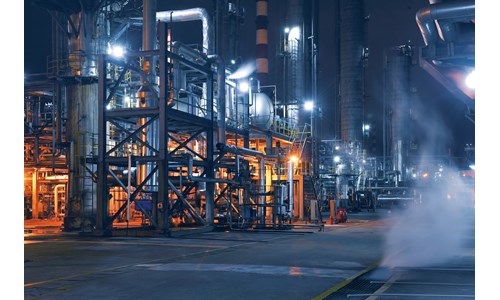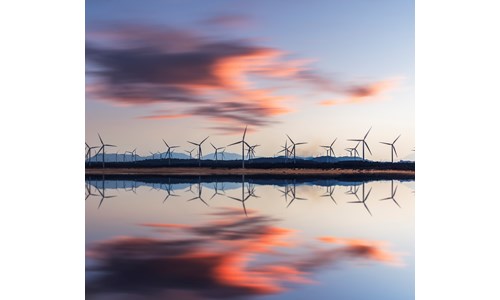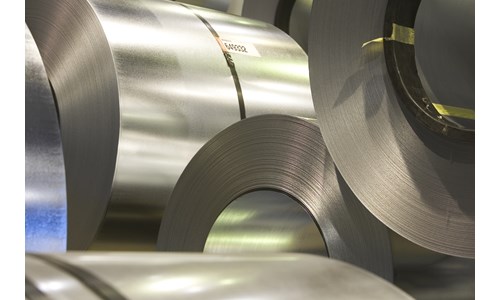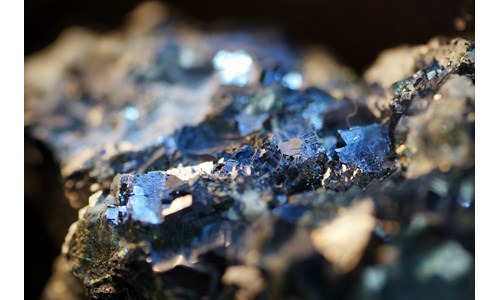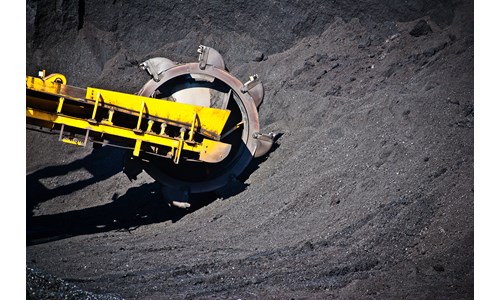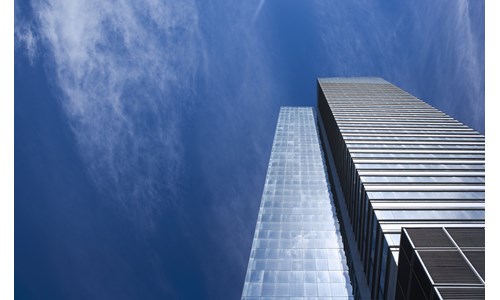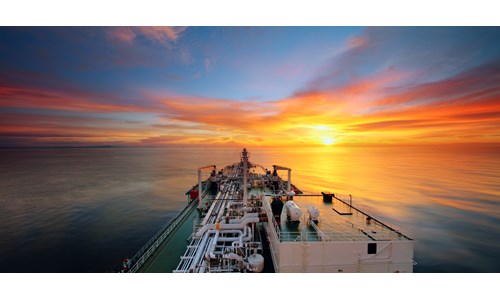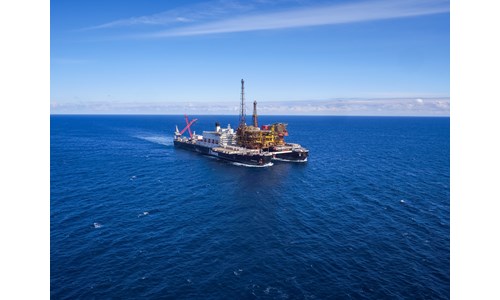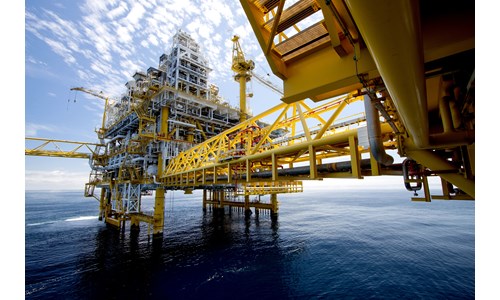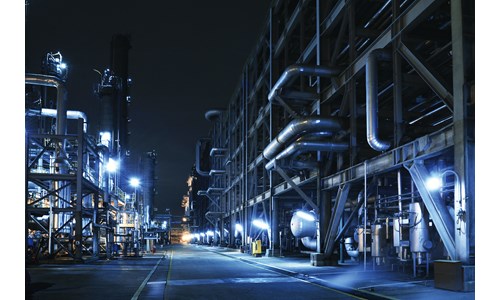Environmental tax adds little burden to China's metals and mining industry
*Please note that this report only includes an Excel data file if this is indicated in "What's included" below
Report summary
Table of contents
- Executive summary
- New tax shows progress in China's environmental-protection efforts
- Incremental cost will be relatively small for most metal producers
- Steel
- Iron ore
- Alumina
- Aluminium
- Copper
-
Zinc
- Mines
- Smelters
- Nickel
Tables and charts
This report includes the following images and tables:
- Estimated cost increase under new environmental tax (RMB/tonne)
- Maximum cost increase if no discharge fee was paid previously but all environmental taxes are paid (RMB/tonne)
- Discharged waste water per tonne of steel (m3/tonne)
- Discharge particulates and SO2 per tonne steel (Kg/tonne)
What's included
This report contains:
Other reports you may be interested in
Jiajika - Lithium mine
A detailed analysis of the Jiajika lithium mineral operation.
$2,250Global nickel industry cost summary
This summary report examines production and cost trends in the nickel industry.
$6,750A Bold Leap Forward with Lens Metals & Mining
Dive in to see what sets Lens M&M apart and how it can help you drive strategic decisions.
$1,050





